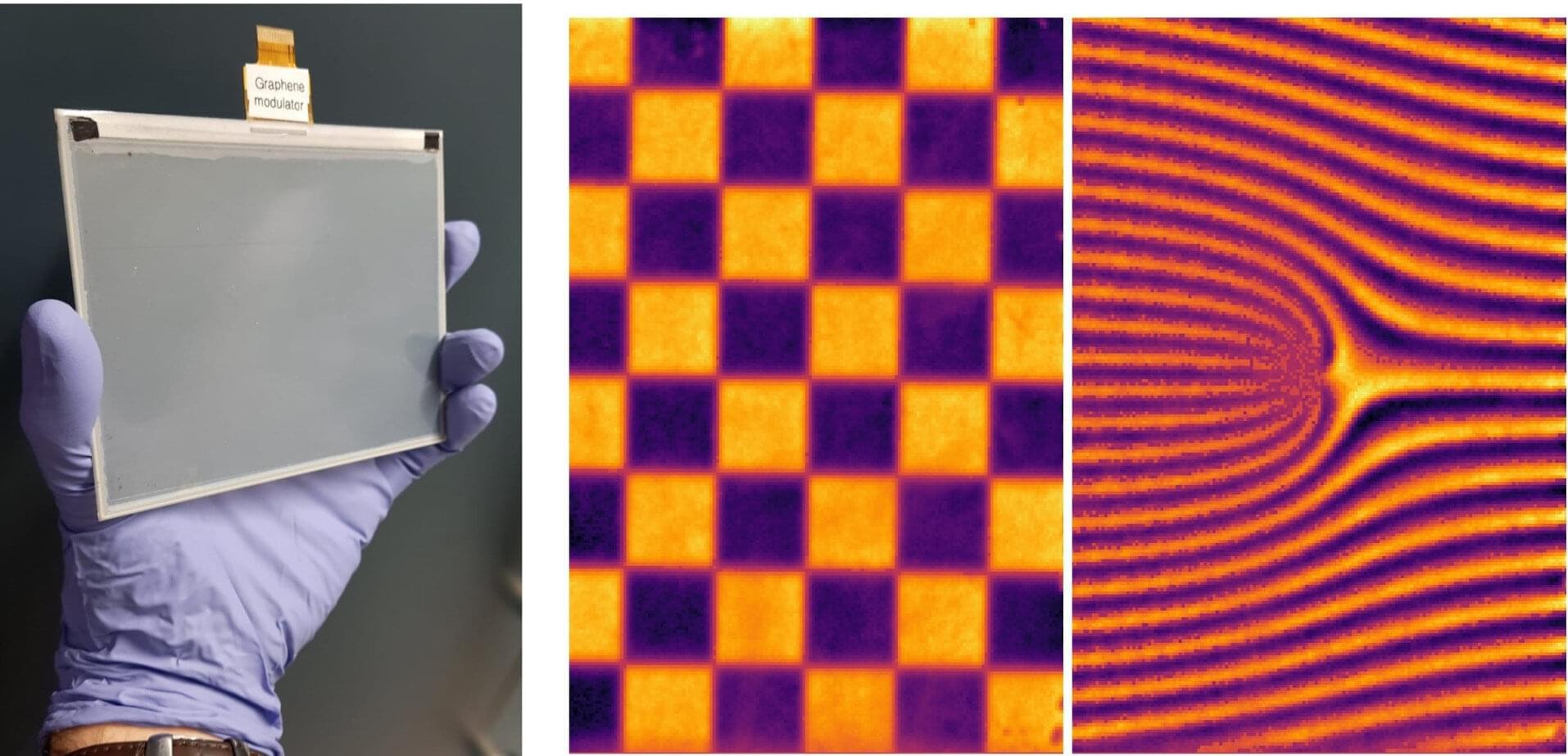Researchers at The University of Manchester’s National Graphene Institute have introduced a new class of reconfigurable intelligent surfaces capable of dynamically shaping terahertz (THz) and millimeter (mm) waves. Detailed in a paper published in Nature Communications, this breakthrough overcomes long-standing technological barriers and could pave the way for next-generation 6G wireless technologies and non-invasive imaging systems.
The breakthrough centers around an active spatial light modulator, a surface with more than 300,000 sub-wavelength pixels capable of manipulating THz light in both transmission and reflection.
Unlike previous modulators, which were limited to small-scale demonstrations, the Manchester team integrated graphene-based THz modulators with large-area thin-film transistor (TFT) arrays, enabling high-speed, programmable control over the amplitude and phase of THz light across expansive areas.
